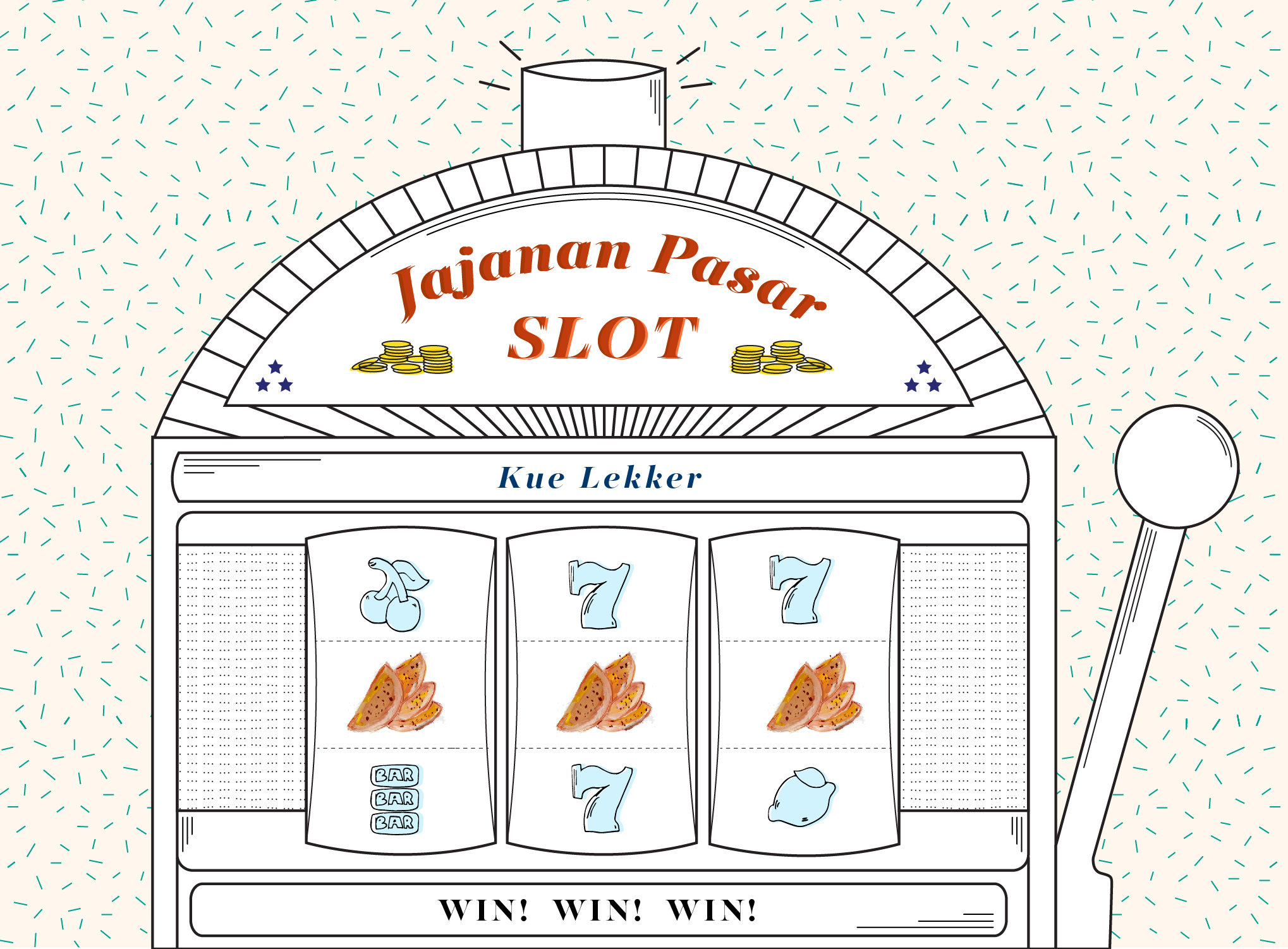Known for its affordable price and visual-grabbing features, jajanan pasar is popular among the local folks. Jajanan pasar, which means market snacks or nibbles, is light bites usually found in Indonesia’s traditional market. Although it is also easy to find these flavourful little treats in restaurants these days.
The rich variety of this type of snacks proves that you don’t have to go gourmet to get your stomach satisfied. Other than having it as dessert, jajanan pasar could also serve as an appetising starter, but any time is always a perfect time to snack on. As one said, there’s always a room for your favourite snack, right?
Among the never-ending list of jajanan pasar, we handpicked the most popular ones that are perennial favourites and easy to come by in your nearby traditional market. So go ahead and grab a tissue to hold back the drools over these eight delectable nibbles.
Kue Ape
Originated from Jakarta, this snack is often called Jakarta’s serabi, due to its resemblance to Bandung and Solo’s popular delicacy, kue serabi. Kue ape is often sold in carts parked in front of the gates of primary schools, with two varieties to choose from: white (plain) or green (pandan-flavoured), though the latter is often preferred due to its delightful hint of pandan taste. Best enjoyed straight off the wok, the unique character of this snack is what makes people coming back for more. Here’s how to enjoy it: munch the crispy outer rim of the cake (the crispier the better) first before devouring to the best part, which is the soft and chewy doughy centre.
Kue Klepon
This coconut flakes-coated ball of goodness has a delightful trick up its sleeve. A little precaution is needed before you recklessly sink your teeth into this snack – place the whole snack into your mouth, rather than just bite it off on one spot (if not it’s gonna be messy!). Made of boiled sticky rice that has been mixed with pandan paste, the surprise lies at the centre of the ball, where the brown sugar filling immediately burst upon chewing a mouthful of klepon.
Lekker
What may be Jakarta’s equivalent to Parisian-style crepes, this thin, crunchy delight is made of sugar, water, milk, egg and flour. It’s a no-brainer why people name this snack after the Dutch word which means “tasty”. Cooked in a customised mini wok to its absolute point of crispiness, lekker is served in its half-circle form and stuffed with melted-cheese or chocolate sprinkles, or even a mix of both to achieve that sweet-savoury kick to complement its crispness.
Kue Cubit
Probably the most famous treat of all, this snack is also commonly sold in carts in front of primary school’s gate, right next to its buddy, kue ape. Petite, soft and fluffy, this snack can also be enjoyed in its other form, kue cubit laba-laba (kue cubit spider, if translated), which exemplifies its spider-web like shape. While chocolate sprinkles and cheese are usually the obligatory toppings (though it’s already good as it is), now kue cubit also comes with toppings like KitKat, Oreo and even Toblerone. Word of advice, ask for your cubit to be made setengah matang (or undercooked).
Rambut Nenek
Resembling a cookie sandwich, this sweet treat stands out among the crowd due to its bright colour and equally eccentric name. Meaning “grandma’s hair” in English, this jajanan pasar is made up of a generous portion of the kid’s favourite candy floss (a.k.a the “grandma’s hair” itself, due to its hair-like appearance and texture), all sandwiched between two crunchy and thin wafers.
Pastel
This treat is about as traditional as any snack one can get. A common sight in most bakeries you visit, pastel bears resemblance to the Latin America’s empanada, though the former contains healthier filling than the latter. This plump crescent-shaped snack is stuffed with rice vermicelli, diced poultry, slices of hard-boiled egg, diced carrots and potatoes, and wrapped up by its signature braided crust. It’s clearly your answer to on-the-go savoury pie.
Onde-Onde
Onde-onde might be the only Indonesian snack that is ever mentioned in the ancient history. Originally from China, onde-onde was introduced in Indonesia by Chinese merchants, and it is said to even have existed since the heyday of the Majapahit era. Similar to klepon, this sphere-shaped delight hides a signature filling that is made of sweet mung-bean paste. After its glutinous rice flour is fried to a golden perfection, it is then coated with sesame seed to give it a crunchy finishing to counter its chewy texture.
Lemper
Also a popular delicacy that can be found in most bakeries, lemper is like a small traditional Indonesian meal just by itself. Similar to its spicier cousin, arem-arem, this classic savoury treat is made from glutinous rice that is packed with a delicious clump of shredded chicken and wrapped up within banana leaf that gives off an aromatic finishing to the snack.















